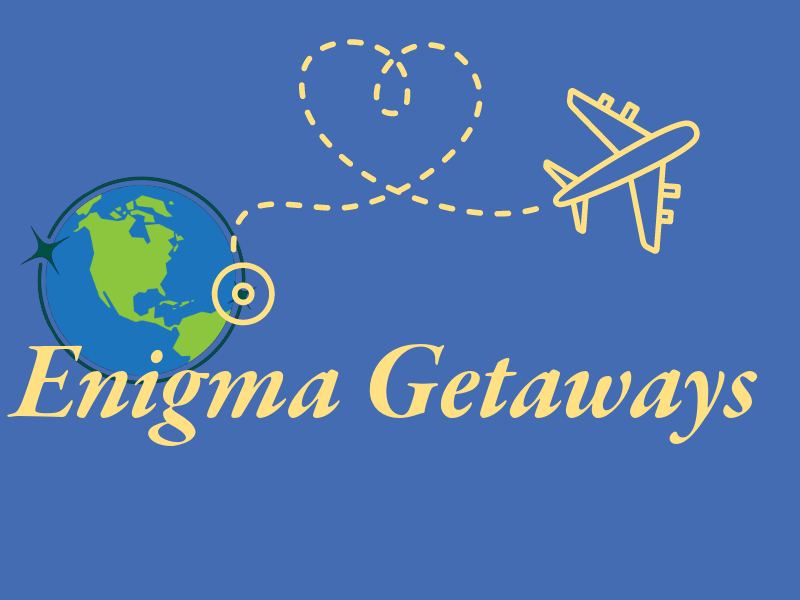Cusco, Peru: The Cradle of Incan Civilization
I arrived in Cusco, Peru a day later than planned due to an unexpected delay at Miami Airport, USA. As I was waiting for my flight, they announced that there was no plane available, which meant my flight was delayed until the following evening. The airline provided me with hotel accommodation and a food voucher, but it was frustrating knowing I would miss a day of my trip. I had to stay an extra night, waiting for my evening flight, which meant missing a scheduled tour as well.
When I finally landed in Cusco the next evening, I was immediately hit by altitude sickness. It hit me so hard that I had to be taken to the hospital, where I stayed for 12 hours under observation. After being released, I went back to my hotel, feeling drained. Unfortunately, I missed another tour, but I was determined not to let this setback ruin my trip.
Despite still feeling dizzy, I decided to take a walk around Plaza de Armas. I knew I needed to start acclimatizing to the altitude, so I thought a gentle stroll would help prepare my body for the upcoming tours. Walking through the heart of Cusco, even in my weakened state, was a beautiful experience.
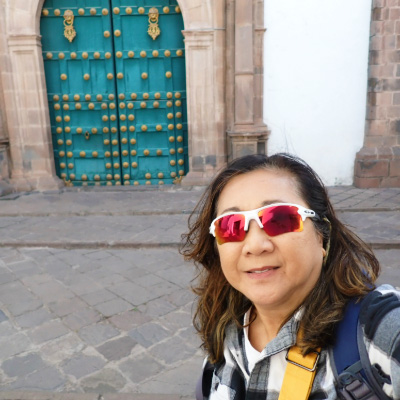
Cusco: Crown Jewel of the Andes
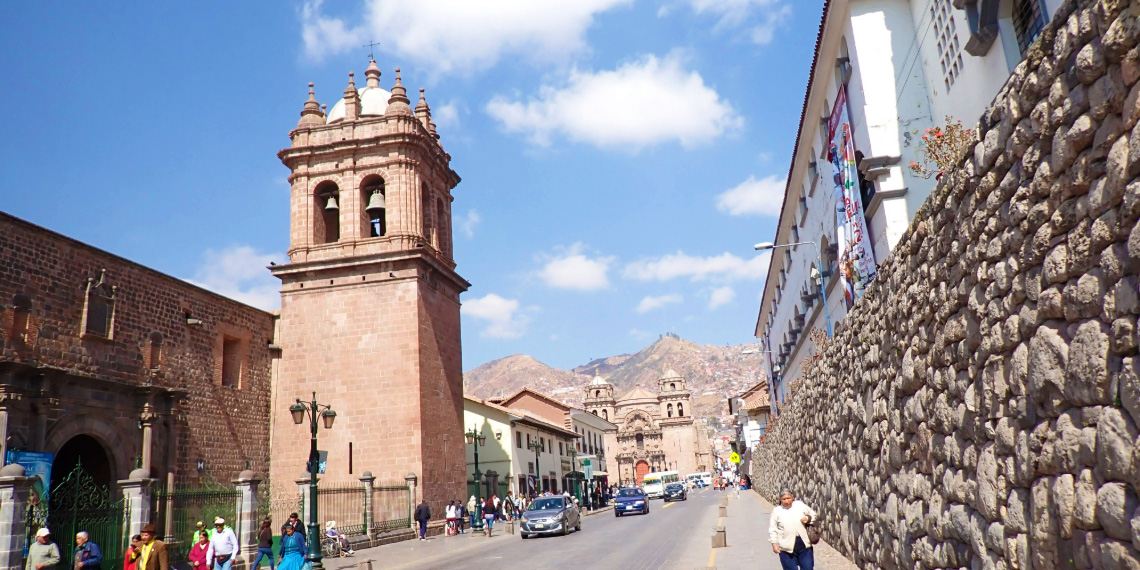
The City of Cusco, nestled high in the Andes of southeastern Peru, is a city steeped in history and culture. Recognized as a UNESCO World Heritage Site in 1983, it stands as a testament to the rich legacy of the Incan Empire and the Spanish colonial period that followed. It was once the capital of the mighty Inca Empire and continues to be a major destination for travelers seeking to explore the mysteries of ancient civilizations, breathtaking landscapes, and vibrant local traditions. With its stunning combination of Inca and Spanish colonial architecture, bustling markets, and proximity to Machu Picchu and the Sacred Valley, Cusco is a must-visit destination for anyone traveling to Peru.
Cusco, often referred to as the “navel of the world,” was the historical capital of the Inca Empire before the Spanish conquest in the 16th century. Founded around 1200 A.D. by Manco Capac, the first Inca emperor, Cusco quickly grew into the political and cultural heart of the largest empire in pre-Columbian America. The Incas built their capital in the shape of a puma, a sacred animal symbolizing strength. Sacsayhuamán, one of the city’s major sites, served as the head of the puma, with its massive stone walls standing as a testament to Inca engineering prowess.
With the arrival of the Spanish in 1533, Cusco underwent significant changes. The conquistadors destroyed many of the Inca structures and built Spanish colonial buildings on top of their foundations. Despite this, much of the original Inca stonework remains intact, blending with the colonial architecture to create a city that is a living museum of two distinct cultures.
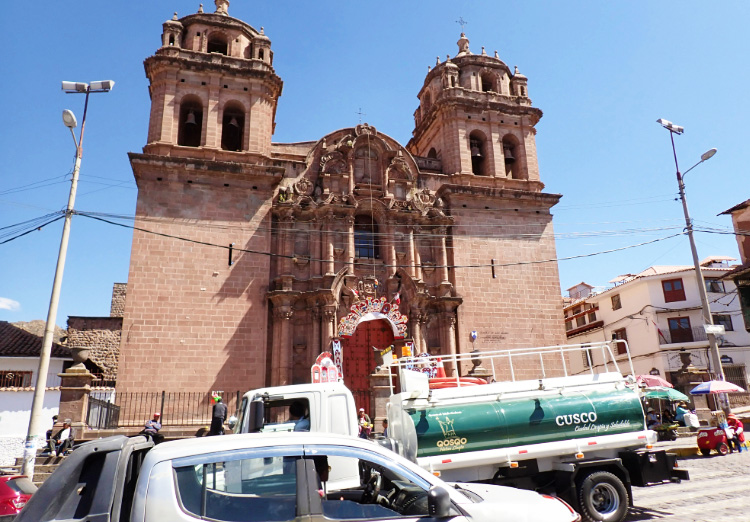
Cultural Capital
Cusco, Peru, is a city rich in history, culture, and spirituality. Among its many historical and religious landmarks is the Church of San Pedro, a stunning colonial-era church that holds a special place in the hearts of the local population.
The Church of San Pedro was constructed in the 17th century, during the height of Spanish colonization in Peru. The church is located near the bustling San Pedro Market, making it a focal point for both spiritual and everyday life in Cusco. Dedicated to Saint Peter, one of Christianity’s most important figures, the church served as a vital religious center for both Spanish colonists and the indigenous population.
A City Above the Clouds
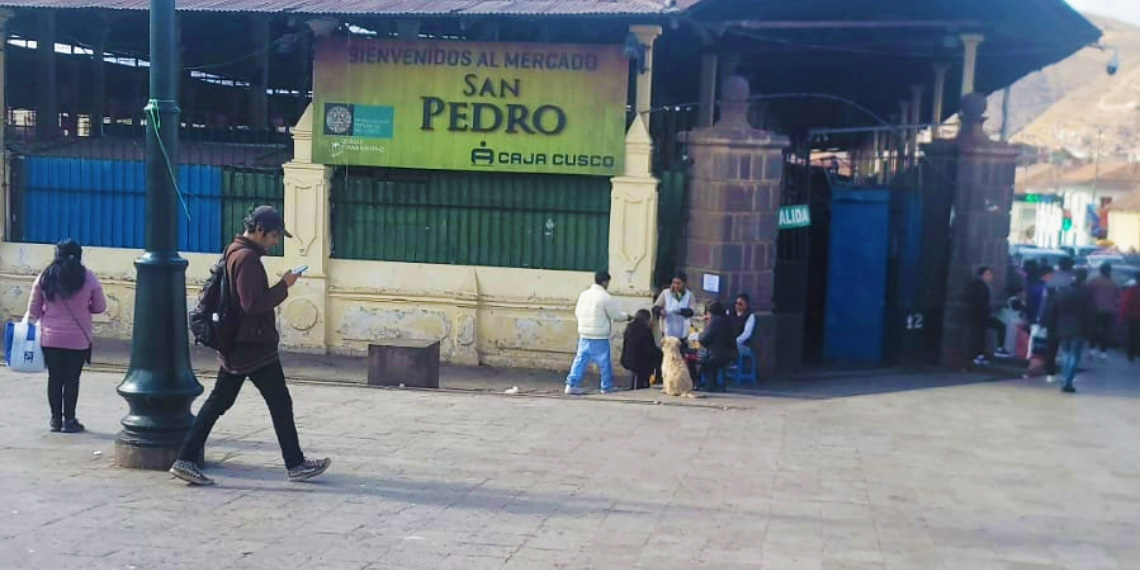
Where History Lives
The Arc of Santa Clara, or Arco de Santa Clara in Spanish, is one of those charming little treasures you might stumble upon while wandering through the streets of Cusco, Peru. It’s located in the San Pedro district, which is just a short, pleasant walk from the lively Plaza de Armas, the heart of the city. This beautiful arc stands as a reminder of Cusco’s colonial history and the influence of the Spanish Empire that shaped the city.
Built in the 17th century, the Arc of Santa Clara was designed to celebrate the Spanish victory over indigenous rebellions that took place during the colonial period. It was meant to be a symbol of the Spanish Crown’s power and control in the region, representing the deep hold the Spanish had over Peru at that time. However, today, the arc stands as a more peaceful historical monument, a mix of Spanish architecture blending into the charm of Cusco’s streets.
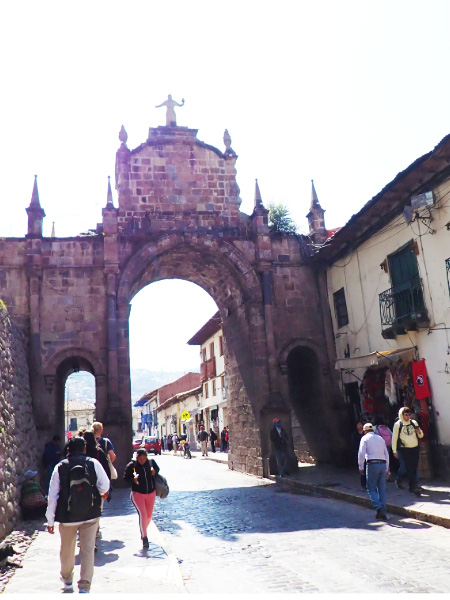
Ancient Traditions, Timeless Beauty
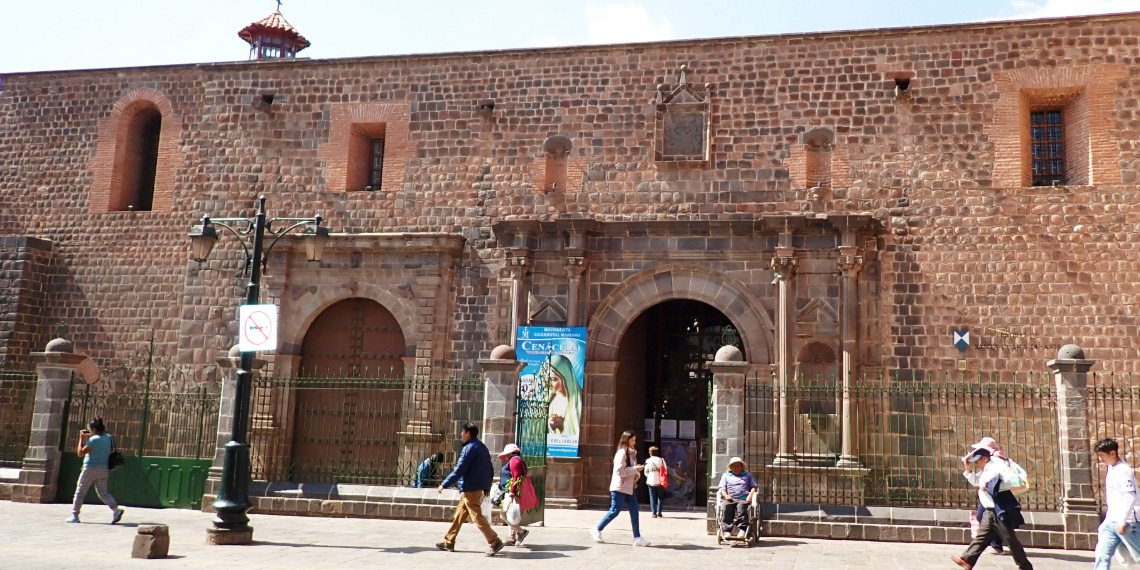
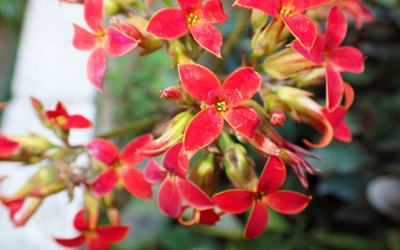
Feel the Spirit of Cusco, Peru
I stayed in Cusco for two days to acclimatize before heading to Machu Picchu. The temperature in Cusco was around 60°F during my stay, and not a drop of rain fell. Locals told me I was lucky not to have visited Lima, where it rains a lot. The mornings in Cusco were cool, so I layered my clothes to adjust to the temperature. As the day went on, it warmed up a bit, so I was glad I could peel off some layers as needed.
Cusco is such a busy place, full of life and activity. The San Pedro Market was just a five-minute walk from where I stayed, and it reminded me of Carriedo or Divisoria in Manila. It was bustling with vendors and shoppers, and it felt both familiar and foreign at the same time. Although I don’t speak Spanish, I did my best to communicate using whatever I could—my hands, eyes, feet—anything to get my message across. One time, I had a bunch of coins in my bag when I bought something, so I just scooped them out and let the seller pick what they needed. That worked surprisingly well! The market was also one of the places where my tour group had its meeting point.
After returning from Plaza de Armas, I would usually bring back to the hotel empanadas to snack on later. I made it a point to eat at different places, trying all sorts of Peruvian dishes. Some of the foods I ate didn’t have names I recognized, but they were all delicious!
Cusco, with its rich history and stunning landscapes, is also located in an earthquake-prone region. The city sits in the Andean mountains, where the movement of tectonic plates can sometimes lead to earthquakes. It was very early in the morning of August 13, 2024, the kind of quiet that makes you feel like the world is still asleep. I was tucked away in a cozy hotel room, when suddenly, I felt a faint ripple beneath me. It wasn’t violent, more like the ground was gently shifting beneath my bed, a rolling sensation that seemed to move through the earth in waves.
